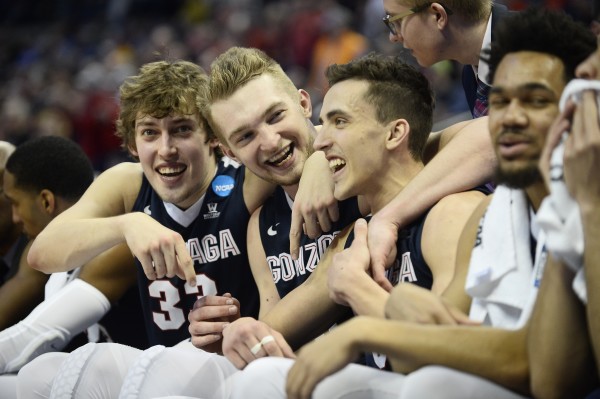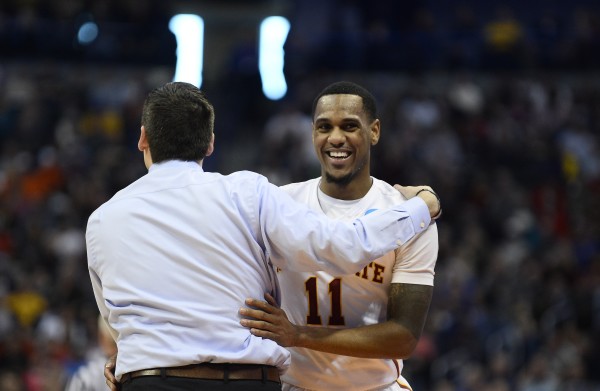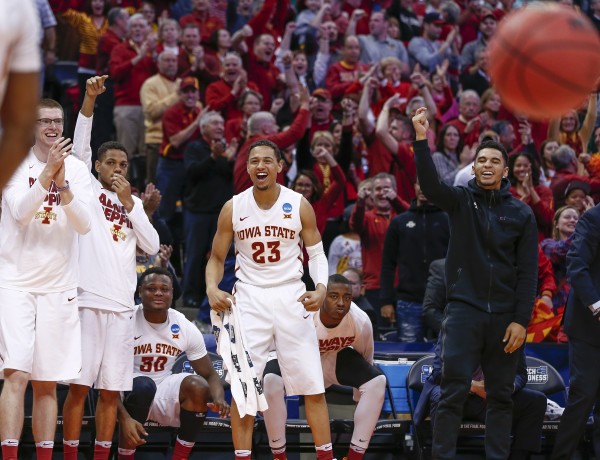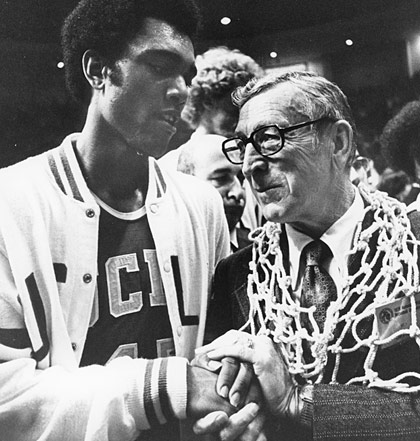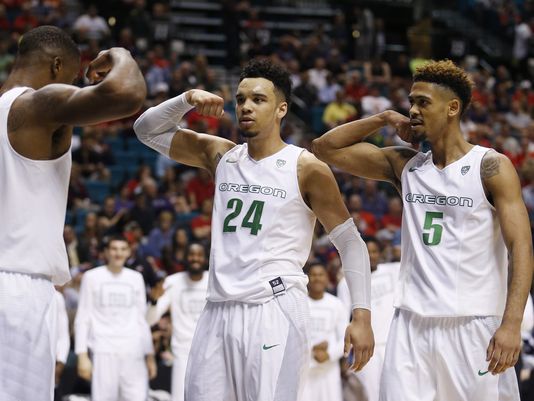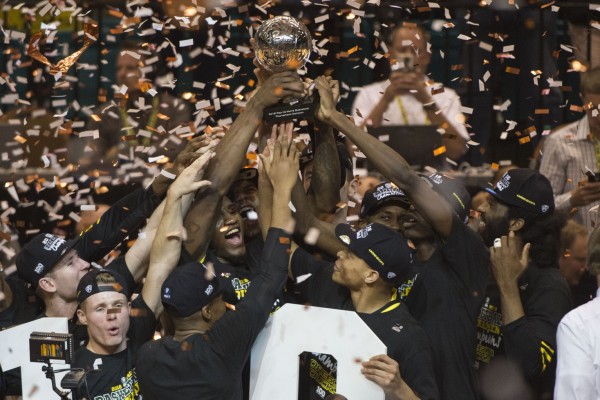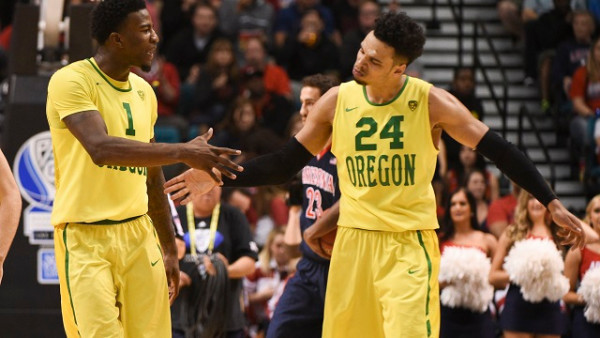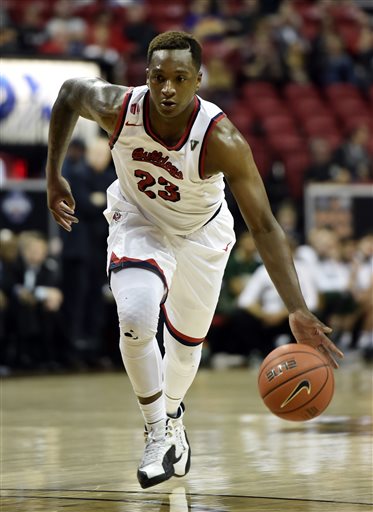Rushed Reactions: #11 Gonzaga 82, #3 Utah 59
Posted by Andrew Murawa on March 19th, 2016Rush the Court will be providing wall-to-wall coverage of each of the NCAA Tournament from each of the 13 sites this year. Follow our NCAA Tourney specific Twitter accounts at @RTCEastregion, @RTCMWregion,@RTCSouthregion and @RTCWestregion.
Three Key Takeaways.
- Domantas Sabonis/Jakob Poeltl matchup. It was a battle of true big men the likes of which college basketball rarely has these days. Both players clearly have NBA futures, but the battle was clearly won by Gonzaga’s Lithuanian big man on this night. Poeltl picked up two regrettable first half fouls and played just nine minutes in the first stanza, while Sabonis dominated regardless of whether he was in the game. Even when Poeltl returned to play big minutes in the second half, he was never a factor. In the end, Sabonis finished with 19 points (on just 12 field goal attempts), 10 boards, three dimes and even a three-pointer for good measure. Poeltl’s five points and four boards goes a long way to sum up just how effectively Sabonis dominated their matchup.
- Improved Guard Play. When Gonzaga was struggling to close games in the regular season against quality teams like Texas A&M, Arizona and Saint Mary’s, it was usually guard play that was the culprit. Today, the Zags’ guards were a complete strength. Redshirt freshman guard Josh Perkins was in control of the offense; Silas Melson was a terrific defender and glue guy; and Eric McClellan bounced back from a poor performance in the First Round to turn in his fourth double-figure scoring effort in March. Coupled with the group of established stars in the frontcourt, the Zags can play with anybody when the backcourt is contributing.
- Giving Away Extra Possessions. In their previous two games, Utah had turned the ball over 20 times each. Tonight’s total numbers weren’t so bad in that category (13), but those turnovers led to 20 Bulldog points (against just six for the Utes). Worse, the Utes compounded those struggles by allowing the Zags to outscore them 13-4 on second chance points. In a game decided by 23 points, combine the differences in points off turnovers and second chance points and you have… 23 points.
Star of the Game. Eric McClellan, Gonzaga. Kyle Wiltjer and Domantas Sabonis were as good as they normally are, but when Eric McClellan plays like tonight, Gonzaga improves to a different level. McClellan did everything — attacking the rim and finishing in the paint; filling the lanes on the break; even knocking in some jumpers, including a couple threes. He wound up with 22 points on 12 field goal attempts and was a confident veteran presence in the half-court.





























